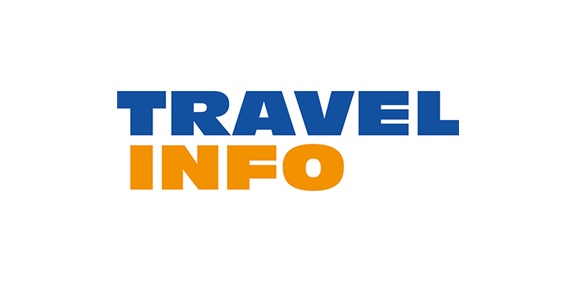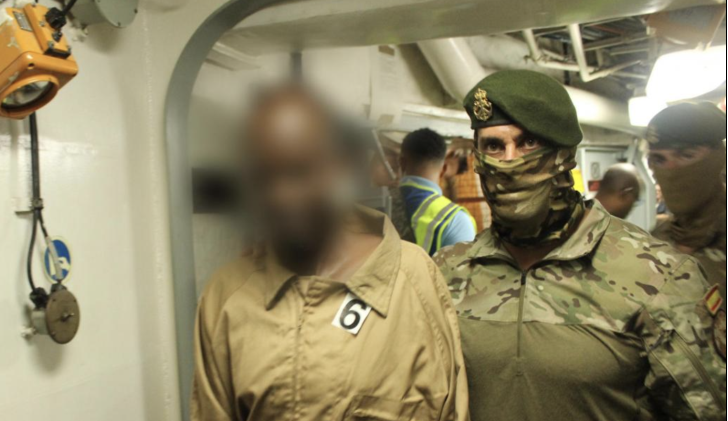Transnets recovery plan is on track as its newly appointed stable leadership team drives implementation of the business strategy, group chairperson, Andile Sangqu, said on Friday.
Sangqu was speaking during a media briefing update on the recovery plan the board began implementing in October 2023 to confront challenges threatening its operational and financial stability.
When the Transnet Board was appointed in July last year, the company was grappling with a number of challenges that threatened our operational and financial sustainability. We recognised the urgency to address the numerous constraints on Transnets operational performance and to stabilise and improve volumes, he said.
This was after Transnet posted a R5.4 billion loss and a drop of 23.6million tonnes in rail freight moved in the 2022/23 period, down to 149.5m tonnes compared to the previous year.
Transnet announced the appointment of Michelle Phillips as Group chief executive, Nosipho Maphumulo as group chief financial officer, and Russell Baatjies as chief executive for Transnet Freight Rail (TFR) in February.
The recruitment process for the group chief operating officer is currently under way, and we expect to conclude it soon, hopefully by late May or June, he said.
Sangqu added that Transnets journey to recovery was on course.
We are executing our plans to enhance operational and financial performance for long-term, sustainable growth. As part of the implementation of the recovery plan, we have developed a number of tactical initiatives to drive volume recovery and improve efficiencies across our divisions, he said.
As we pursue the objectives of the recovery plan, we rely on our employees, labour unions and customers to execute with urgency and efficiency, and on structured collaboration with our trusted partners, especially through the National Logistics Crisis Committee.
We are not out of the woods yet. But the progress is real, the business is being stabilised, and we are increasingly optimistic about the future, Sangqu said, adding that part of the recovery plan was to accelerate private sector participation and strategic transactions to boost operational efficiency.
The infrastructure and design of the Durban Container Terminal (DCT2) has remained the same since 1963. DCT2 manages approximately 65% of container cargo in highly constrained conditions and is operating at critical levels, beyond the original design specifications. Over the past 20 years, congestion at the terminal due to shipping traffic and limited operational capacity has led to well-known and publicised backlogs at the Port of Durban, Sangqu said.
The efficiency of the South African ports system affects the countrys trade with the rest of the world. Congestion, delay and increased cost of moving goods into and out of the country has created serious challenges for the economy.
According to the World Banks Container Port Performance Index 2020 published in 2021, all of South Africas commercial ports cluster at the bottom of the 351 ports evaluated based on objective data from shipping lines, and underperform all other African ports included in the survey such as the Port of Mogadishu in Somalia, the Port of Maputo in Mozambique and the Port of Luanda in Angola.
The introduction of a private sector partner at Pier 2 is a long-standing priority of national government. The recovery of the Port of Durban and the expansion and modernisation of the container capacity at Pier 2 is therefore an imperative of the government and also of Transnet, he said.
He added that Transnet would defend the legal challenge against the selection of International Container Terminal Services, Inc (ICTSI) as the preferred bidder for the establishment of a joint partnership to manage the upgrade and development of Pier 2.
The process of selecting ICTSI was rigorous, competitive, and fair and complied with our governance standards. Transnet will defend its procurement process and is currently waiting on the allocation of a hearing date, he said.
Phillips said some recovery plan targets had been achieved or exceeded but challenges remained, according to preliminary estimates of the businesss financial position, ahead of the release of its audited year-end results at the end of September.
Total rail volumes have improved by 1.5% to 151.7 million tonnes in the financial year ended March 2024, however this is 1.8% below the 154.4m tonnes target, according to Phillips.
Underperformance was largely marked on the iron ore line from Sishen to Saldanha Bay. However, she said it appeared the problems on the line were improving as an annualised 64.3 million tonnes had been moved in March.
Phillips said revenue had grown by 12.8% year-on-year, and operating expenditure had risen 8.3%, indicating a 4.2% saving on the budget.
The business had improved its equipment and











